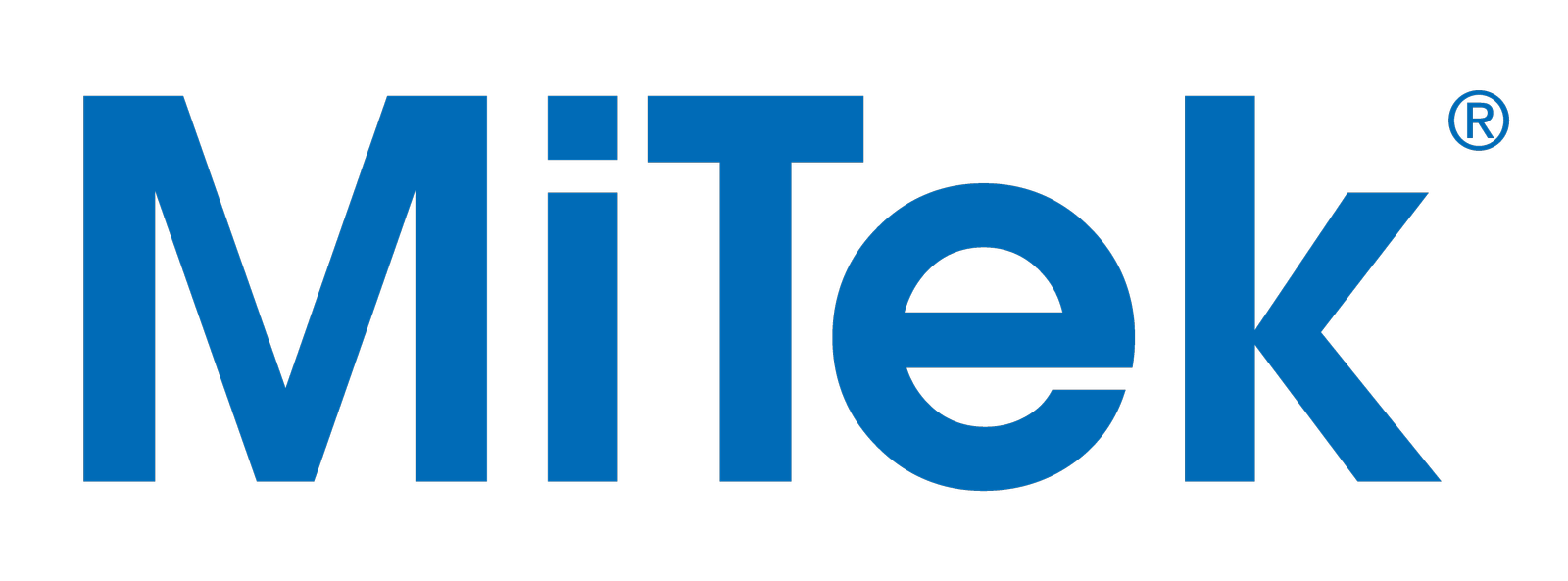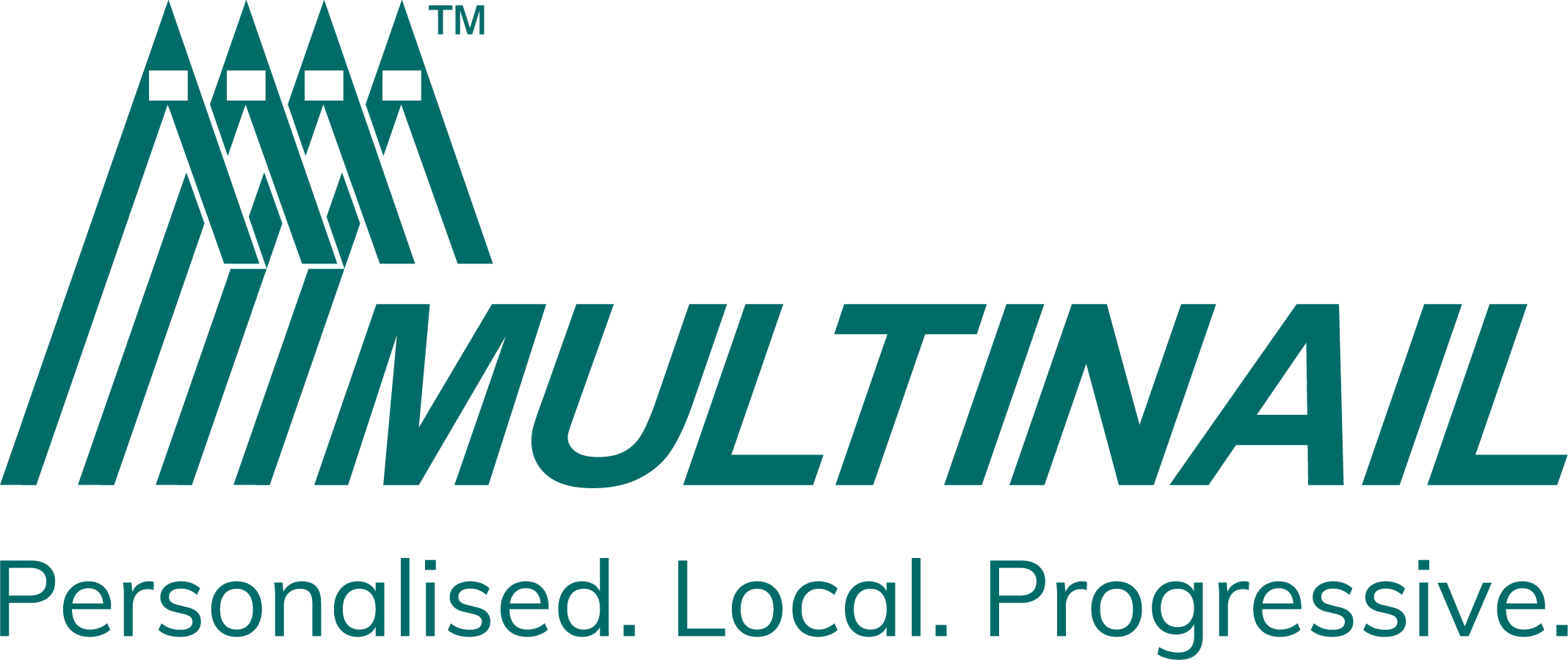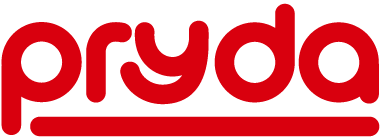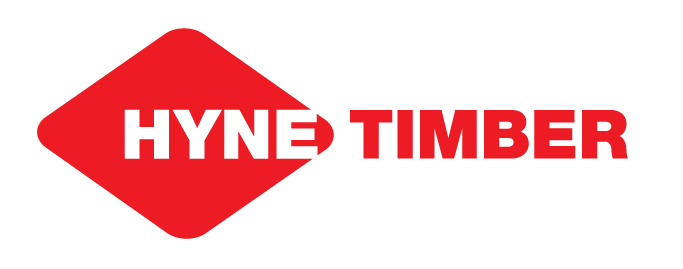
This piece was written and provided by FTMA Supporting Partner, Hyne Timber.
If you use building products that fail in use, you may be liable for the damages caused. There is a plethora of non-conforming products in the Australian market and the responsibility is on all in the supply chain to ensure that the buildings we build perform. It’s time to take a closer look at the materials we use and to source those that we trust to meet the Australian Standards.
So, what are non-conforming building products (NCBPs)? NCBPs are construction materials and products that do not meet Australian building standards and regulations. These products may be cheaper, easier to find, or more readily available, but are they worth the risk. The use of these products can compromise the safety and structural integrity of the building, which can result in significant legal, financial, and reputational consequences.
You need to provide evidence that the materials you use on a build perform as intended and are fit for purpose. Under the Building and Construction Industry (Non-Conforming Building Products) Act 2017, suppliers and manufacturers of building products are required to provide evidence that products conform to the relevant Australian standards and regulations before they can be supplied for use in a building or construction. This evidence of conformity can take the form of a product certification, test reports or other similar documentation.
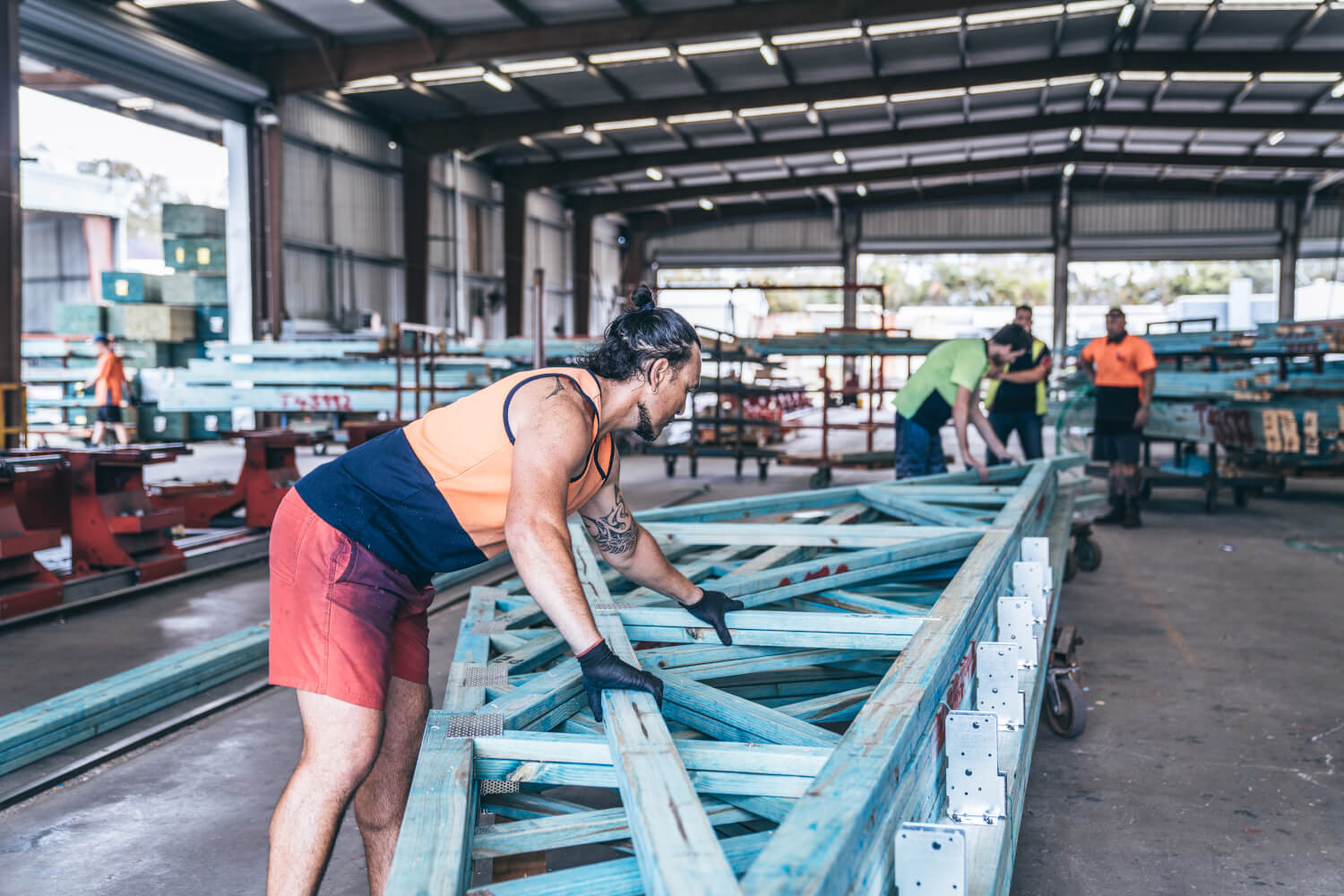
Above: Frame and truss manufacturers could be held accountable for using non-conforming building products.
Under the act, responsibility is placed on all members of the supply chain for ensuring that building products comply with relevant standards and regulations. This means that the obligation isn’t solely on the manufacturers and suppliers, but also importers, distributors, as well as, builders, designers and building owners. Each entity in the supply chain must be able to demonstrate that the building products they supply and use, are safe, reliable, and fit for purpose. As a frame and truss manufacturer, if the material fails in use, you could be held accountable.
To throw a spanner in the works, it’s worthwhile noting that Standards Australia do not license or police the use of standard numbers on building products. This means that any manufacturer, in any country, can brand an Australian standard without any testing or checks conducted by anyone.
This lack of oversight has contributed to the abundance of non-conforming building products in the Australian market. Some manufacturers may take advantage of the lack of regulation to mislead builders and consumers into believing that their products meet Australian standards when they do not.
To mitigate the risk of using NCBPs, there are a few things you can do. Firstly, make sure you’re sourcing your building products from reputable suppliers and manufacturers.
Manufacturers such as Hyne Timber, are committed to producing high-quality products and as such go the extra mile to ensure they adhere to compliance standards and product safety. Hyne stringently test in-house and employ third-party compliance testing on all products, to ensure that they meet and exceed the necessary standards and regulations.
Take for example Hyne Timber’s treated products; these have all been independently tested and are CodeMark certified, providing assurance that they comply with the Building Code of Australia. Additionally, their LGL and Beam 21 Glue Laminated Timber (GLT) products are S Mark certified, indicating that they have been independently tested and comply with Australian and New Zealand standards.
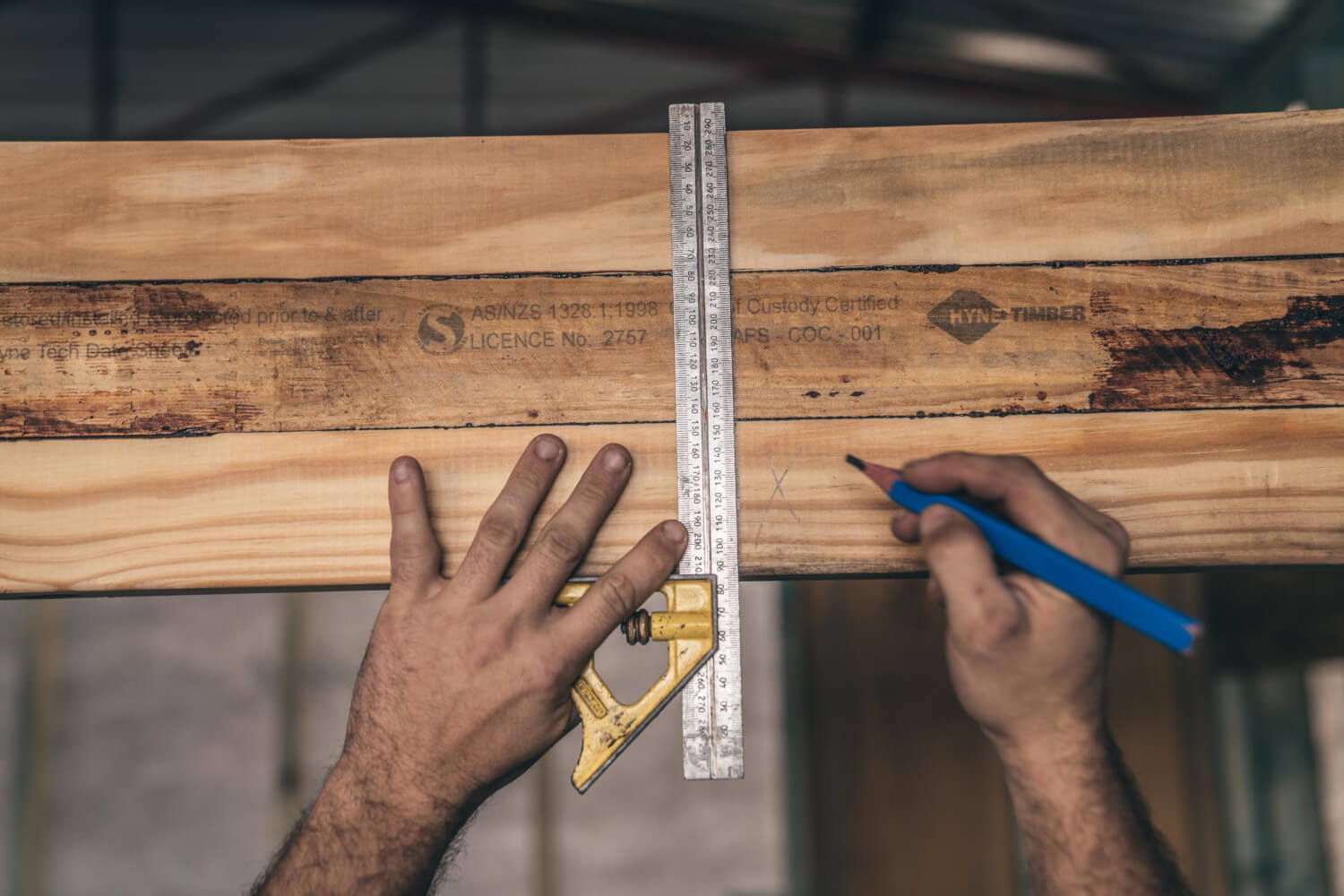
Above: When sourcing building products, be sure to ask for evidence of conformity, such as ‘S’ Mark and CodeMark certification.
In addition to reputable products, be sure to ask for evidence of conformity and keep records of this evidence for at least seven years as legal requirement under the Act. It is also worthwhile investing in regular training and education to stay up-to-date on the latest standards and regulations. And finally, don’t be afraid to ask questions or seek advice if you’re unsure about the products you’re using.
So what is the key takeaway? When it comes to selecting building products, don’t rely solely on the presence of an Australian standard number on the product. Instead, take the time to do your research and verify that the product meets the necessary standards and regulations. This will help to ensure that the homes and buildings you create are safe and of high-quality.
Let’s work together to ensure that we are using safe and compliant building products in our construction work.
Our Principal Partners
